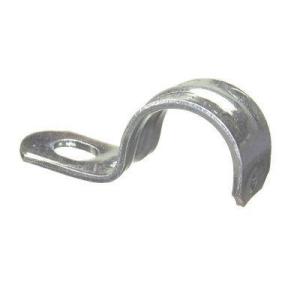I do have 240 service at my subpanel where the breaker is going. I haven't measured it at the control box as the 6/3 wire and new breaker aren't installed yet. I plan on running the wire today, but the receptacle won't be here until Tuesday to connect everything. By Tuesday or Wednesday, I should have everything out to the outlet in the spa panel done.
I read a post by Bobby_M that talked about how the 80% rule is really applicable on 15 or 20 amp circuits in your house where you have multiple outlets that could have lights, TVs, computers etc all on at the same time.
This 50 amp service is dedicated solely to the brewery. Nothing other than the control panel will be on it (2 elements, 2 PIDs, and a pump...eventually a second pump is likely). I have other places for music and the lights are on separate circuits.
5500w x 2 / 240v = 45.83 amps. Since both elements will only be on simultaneously during the time I'm heating strike water in the BK and the water in the HLT for the HERMS coil, I should be ok. Am I correct in my assumption that a dedicated service, as long as the loads don't draw more than 50 amps total, I'll be fine?
If I run into trouble, I could supplement the strike water heating with a propane burner the way my stand is built.
I have tri clover caps that I could leave the element out of the BK and seal the opening while the water heats on a propane burner, pump the strike water into the MLT, and then move the empty BK to the brew stand and insert the element for the boil.























![Craft A Brew - Safale BE-256 Yeast - Fermentis - Belgian Ale Dry Yeast - For Belgian & Strong Ales - Ingredients for Home Brewing - Beer Making Supplies - [3 Pack]](https://m.media-amazon.com/images/I/51bcKEwQmWL._SL500_.jpg)








































